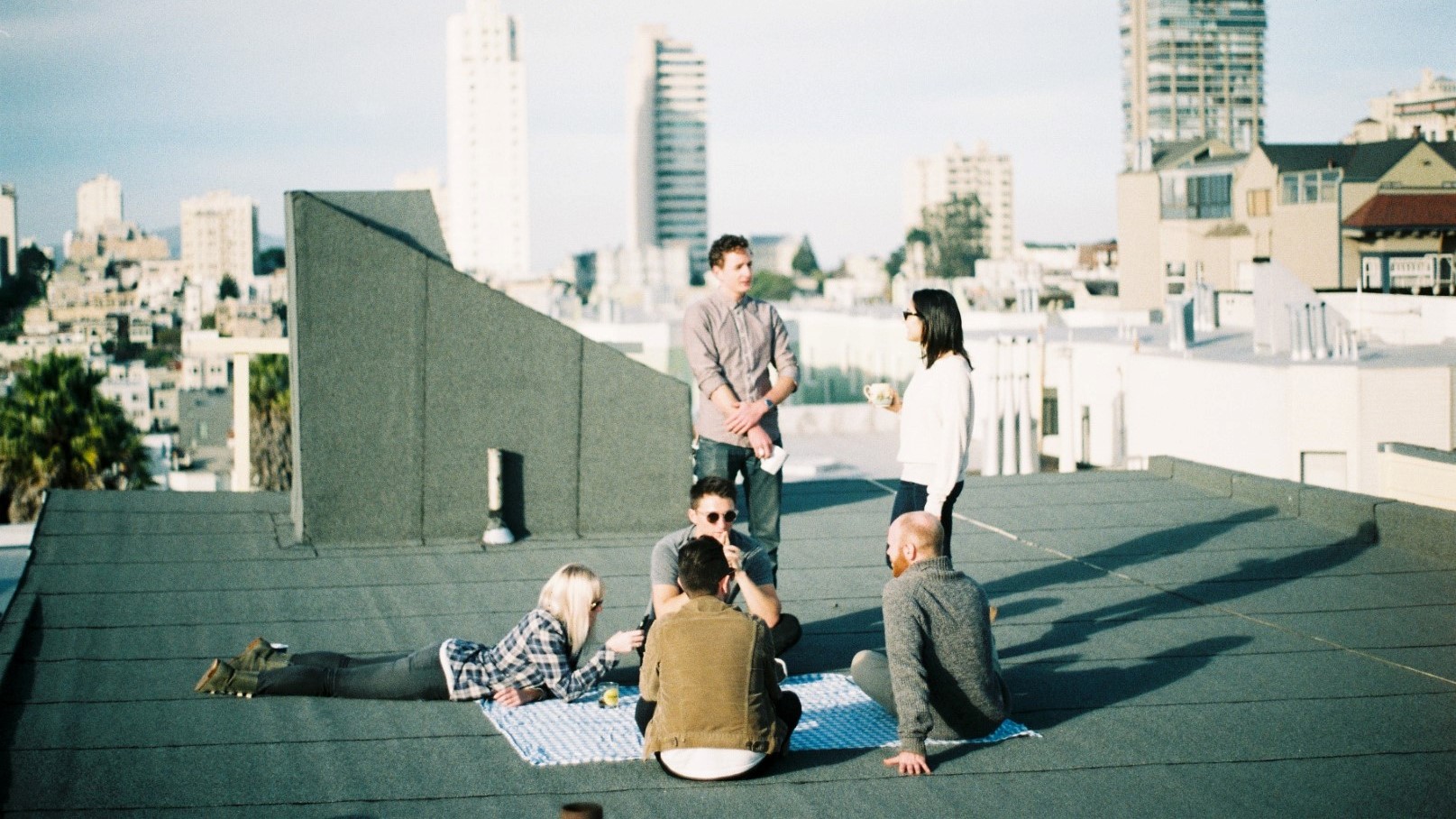
The Hybrid Working Environment Dilemma
There is a lot of focus on back to the office – how do we do it and what will work for us?
Clearly, there is no perfect answer, and we suspect the ‘new normal’ will evolve over quite a bit of time and some trial and error. Well, we hope it will.
There are so many questions– many of which may not be answered without adopting an innovative and open-minded approach:
- Can people completely choose or just choose which days they come in?
- Is it better to organise who comes to the office so colleagues will have time together or give people the choice of when to come in with the risk that they’ll be on their own?
- Why have people come to the office if they could be more efficient at home?
- What will have people want to come to the office after those first few visits full of novelty?
The Be SAFE & Certain model, which is a guide to so much of human behaviour, can help us think through this challenge, or at least provide some more food for thought, and perhaps questions to ask your people, because different people will have different needs and preferences. Focusing on some of the relevant points:
Belonging
Our need for belonging is a strong motivator and it is important for everyone to some extent – but what extent? We’ve heard of many people who would love to just stay at home and work in their calm, quiet environment on their own. They would prefer that over sitting in an open-plan office doing exactly the same work they would do at home. Some people get enough belonging by knowing who they work with and for. Others want a lot more connection. What if there were some experiments to try different mixes and see what works? Run experiments together.
Certainty
Many things are uncertain with the pandemic, extreme weather patterns, governments’ choices, and other big world issues; let’s not create more uncertainty for people if we don’t have to. People need some certainty, even with the small things. If you don’t know what the hybrid model looks like right now, communicate what you do know, what your plan is for figuring it out and how people can contribute.
Fairness
How will you handle the inevitable feelings of fairness? We all compare, and some will not like what they see. Stress only makes this measuring stick more sensitive. You will never create perfect fairness (it doesn’t exist) but you can reduce some perceptions of unfairness by letting people know what decisions are being made, how they are being made and why. Communicate and involve people.
Autonomy
People need autonomy. Dictating who will do what and when will threaten their sense of autonomy. And while it may not be prudent to leave everything up for individual choice, search for possibilities to give people leeway to choose for themselves. For example, you could say we expect everyone to be in the office 2 or 3 days a week, you choose which ones and please coordinate with people you need to work with.
By addressing some of the above, you will help people feel they have a sense of Status and it will help them set appropriate Expectations for themselves
The bottom line is this: involve your people, ask for their input and listen to them, not just once but throughout the process of finding the new way. Don’t expect that you are going to get it right at first, but choose something and get people involved in trying new ways. Keep communicating and stay in touch.
The Be SAFE and Certain model

The Be SAFE & Certain model, highlighted in many of our programmes, offers key insights into human behaviour: why we are motivated or not; why we are reactive or overly emotional at times; and why we can be resistant or hesitant about some ideas or people.
find out more